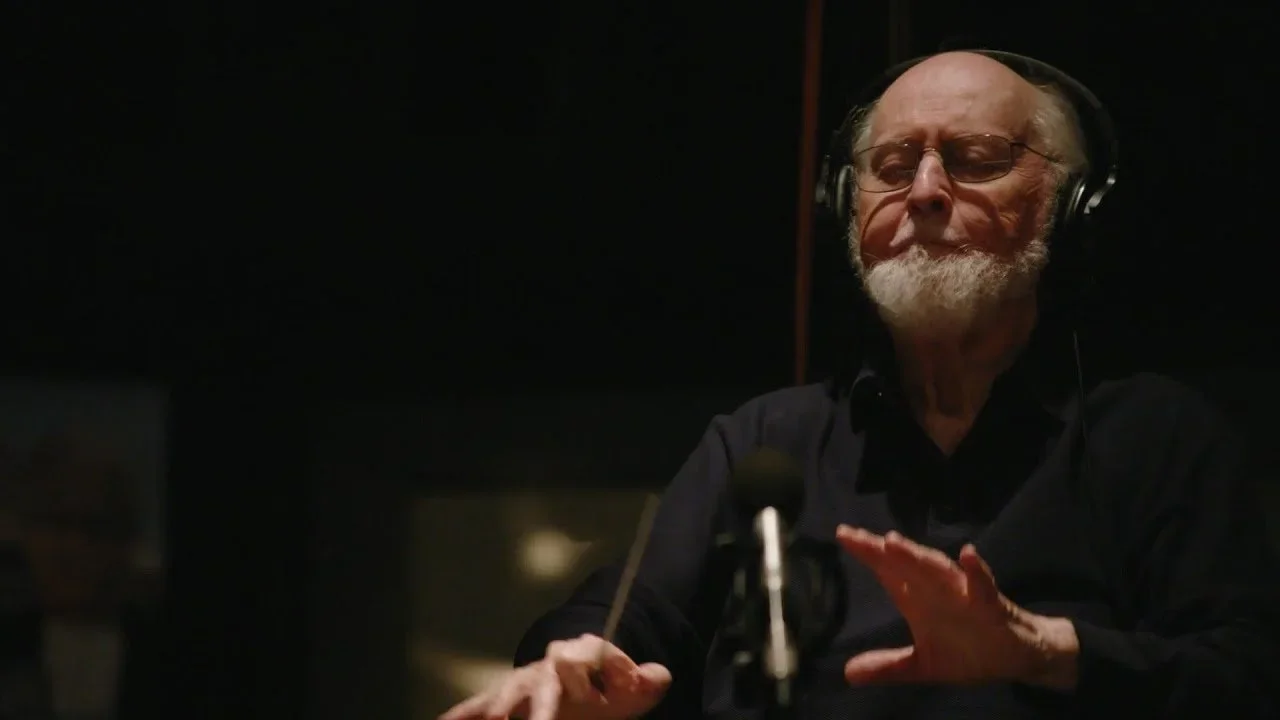
Differences and similarities between ‘La Casa de Papel: Korea’ and the Spanish original – Courtesy (Netflix)
Netflix recently premiered “La Casa de Papel: Korea” on remake of the Spanish series with the same name which was a phenomenon within the streaming platform. Upon release, it became clear how the two action thrillers are and are not alike.
The differences and similarities between ‘La Casa de Papel: Korea’ and its Spanish version, with easy identification if you have already seen the original series created by Alex Pina; However, for those who had never seen anything of this action thriller, it will be new to know how much they took from the canonical story and what they sincerely decided to add to Netflix’s Korean remake.
Same story, different plot
The main difference between the two productions is the story they tell: although both speak of a gigantic robbery of the mint of their country with the intention of giving a coup to the state; the Korean version has a slightly more revolutionary argument and is characterized by criticism of the capitalist economic system … but also communist.
In “The Paper House: Korea”, it is revealed that South Korea and North Korea have decided to unite to have the same currency and improve their economic system. Unfortunately, this decision only causes greater inequality in the region: the rich are getting richer and the poor worse than ever. So “theft” is accompanied by a social message that criticizes people’s decisions, a power they never see for the benefit of the most vulnerable.
Even the masks used in the Korean version have the same symbolic weight: the thieves wear the Yanbang mask of the 12 belonging to the hahoetal tradition, which represents the aristocracy or the common people. That is, it is another way to show resistance to powerful people within ancient Korean history.
the characters are the same
On the other hand, the difference between the plots is somewhat obscured by the development through the characters themselves: the story begins with the plan of the Professor (Álvaro Morte and Yoo Ji Tae), who recruits a group of criminals to be the ones he executes. robbery with different roles and keys; so that they don’t know anything about them, he decides to give them nicknames.
Tokyo (Úrsula Corbero and Jeon Jong Seo), Berlin (Pedro Alonso and Park Hae Soo), Rio (Miguel Herrán and Lee Hyun Woo), Denver (Jaime Lorente and Kim Ji Hoon), Nairobi (Alba Flores and Yang Yoon Ju), Moscow (Paco Tous and Lee Wng Jong), Helsinski (Darko Péric and Kim Ji Hoon) and Oslo (Roberto García and Lee Gyun Ho); They are the ones who bring the Band to life. Their stories are almost the same, but within the robbery they vary very superficially.
In the case of the characters of The Professor and the police in charge of the case (Itziar Ituño and Yung Jin Kim), they too are the same, but their interaction within the story is slightly different from the original Spanish version. They don’t know each other in the middle of the robbery but they have an earlier relationship, although perhaps in the rest of the series you can see a little more how different this bond between the protagonists is.
By Kimberlyn Flores
Source: Nacion Flix
Elizabeth Cabrera is an author and journalist who writes for The Fashion Vibes. With a talent for staying up-to-date on the latest news and trends, Elizabeth is dedicated to delivering informative and engaging articles that keep readers informed on the latest developments.




